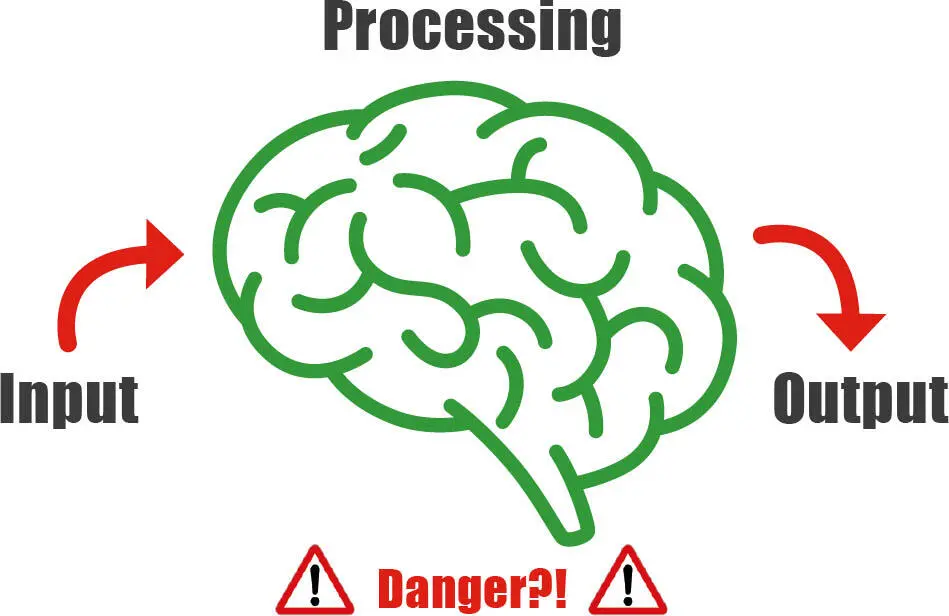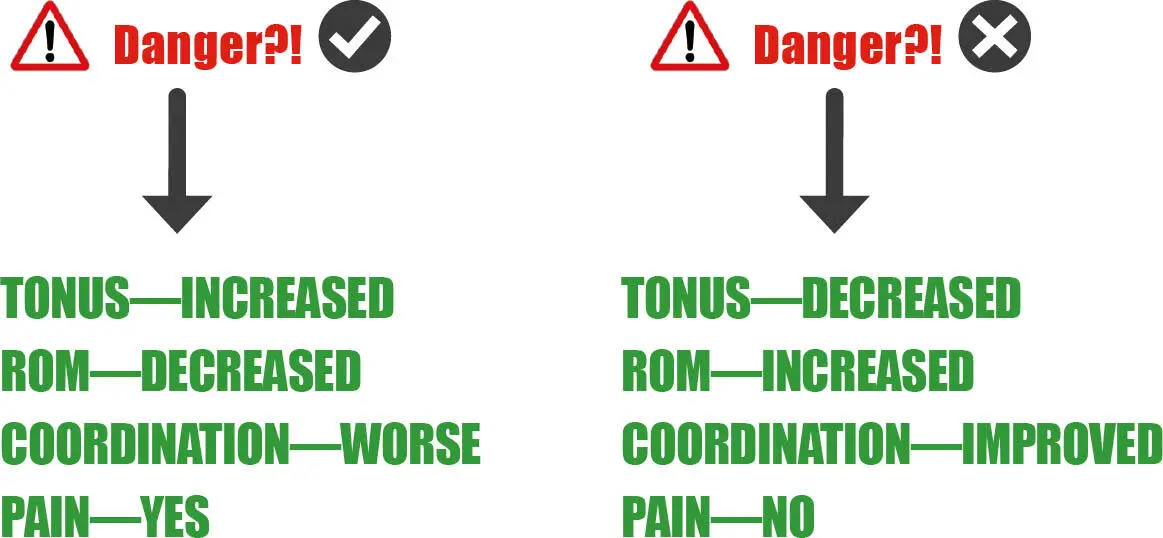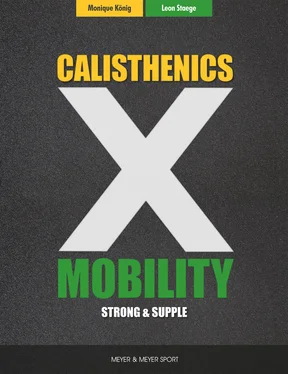Mobility training is gaining increasing popularity. With mobility training, the focus is very much on the health-preserving aspect. For an athlete, be it recreational or professional, injuries are always a setback. Injuries lead to a sharp decline in athletic performance and, in some cases, can even trigger depression. An athlete’s sport is often a huge part of his or her identity and is directly linked to self-confidence and overall satisfaction.
Someone who loves her sport and is injured will do anything to quickly return to her previous performance level.
For a long time, the problem was that the subject of “prevention” was written off as rather boring. People preferred to push the limits of their performance capacity and to do so at every training session. Until they couldn’t.
Once the injury had occurred, the search for the cause and a solution began.
In the past, this was a real problem. In 2009, YouTube didn’t yet have the number of high-quality help videos about pain that it has now. The first descriptive videos about sports came from bodybuilding, a sphere that still provides the bulk of sports videos on the internet.
The bodybuilding hype has always motivated more people to go to a fitness center. Due to the influence of social media, the makeup of that population got increasingly younger. And then they started to “pump away,” having only a smattering of knowledge.
Here’s the problem: just working out all the time doesn’t make for a healthy body.
Then, a few years ago, the alleged savior of injured shoulders, backs, and hips came on the market: the foam roller.
Now, apparently, every pain was caused by tight muscles, connective-tissue adherences, and trigger points. No one had an actual plan as to what to do with these rollers and, later, the trigger balls. So people lay down on the rollers and pushed and rolled everything that hurt.
Whether foam rollers make sense or not is discussed in more detail in section 2.5, “Why Foam Rollers Won’t Make You More Mobile.”
Over time, it became clear that foam rollers weren’t the answer, and the search continued. Yet many still used the rollers for warm-ups or for mobility training. Despite their questionable effectiveness, the rollers were part of a very positive development. More and more athletes were thinking about preventative health measures. This also helped introduce the concept of mobility.
And then there was a second major influence on making mobility more popular:
Created by Ido Portal, movement culture is a philosophy of movement that’s characterized by much of what has to do with movement. Because of him, I landed on this topic also, and he’s one of my greatest role models with respect to my work as a trainer and athlete. Movement culture made a couple things popular, including animal movesand a movement concept that added the strength component to mobility training.
Most athletes now include mobility training in their training regimen, though unfortunately, they often still prefer static stretching to active mobilization, completely missing the effect of mobility training. Nevertheless, it’s good that more and more people are opening up to the idea of mobility training, thanks to rolling and more. It doesn’t matter whether they’re bodybuilders, CrossFit athletes, or calisthenics athletes.

2 Understanding Mobility
2.1 HOW TO BECOME MORE MOBILE
For many, flexibility is a blind spot. Yet there are thousands of books about strength training.
Nearly everyone involved in fitness has held a dumbbell at some point.
But when it comes to mobility, most people think only of stretching. Actually, the ability to achieve a certain amount of mobility isn’t just another type of training but also a very good indicator of the body’s overall exercise capacity.
To better understand this, let’s take a look at which factors affect mobility and why some athletes are very stiff despite doing strength training.
Mobility is grounded in the brain.:

Everything we do in our daily lives or in sports is subject to the brain’s processing of information.
Despite our modern society, our “software” still operates based on the very important survival mechanism, the question our brains pose for everything:
Am I safe, or am I in danger?
This also means our brains must be able to correctly assess movements and situations. What do I mean by input ? Input is all the information that’s routed to the brain:
1. Eyes (different ways of seeing and eye movements)
2. (Inner) Ears (hearing and balance)
3. Mouth and throat (taste, tongue position, and jaw movement)
4. Nose (smell)
5. Joints
6. Muscles
7. Skin
This information is handled within fractions of seconds.

1. It’s processed via the different areas of the brain.
2. It’s interpreted : What’s the quality of the information. What does the information mean?
3. It’s analyzed : Am I able to accurately assess the next action or situation? Am I safe or in danger?
When your brain experiences ambiguities during this process and the final analysis determines that your brain is unable to ensure full functionality, your brain protects you by taking the following measures:

As you can see, when you improve the input, the ROM also improves.
With respect to mobility, here’s an example:
When you practice moving your shoulders through their full range of motion ( FROM) without crossing the pain threshold, such as doing a swimmer (see chapter 7, “Mobility Exercises”), your brain registers that you have control over every portion of the movement. The more you practice the activation of your shoulder joints and the joints involved in the movement (thoracic spine and shoulder blades), the clearer the image of the movement you’re practicing becomes to the brain.
This takes us to the concept of a body map. Body mapping describes how well your joints and the surrounding muscles’ ability to contract (tighten) are anchored in the brain, because moving a joint also includes the ability to adequately contract muscles and relax them again at the right moment.
Here’s a word picture to help you better visualize this:
Imagine the path to the bakery nearest you. It doesn’t matter if you’re in Tokyo, New York, or your hometown. You know exactly which streets you need to travel to get to that bakery. In your head, you have a “map” to the bakery. But if you were a tourist in New York and someone asked you where to find a bakery, you’d have to resort to Google maps, an external map to show you the right way because your personal map (in your head) doesn’t have a plan.
That’s how it is with movement–or, to be more specific, with your joints’ range of motion. If you always train and move your joints–or, rather, your body–in only one way, these paths will be better anchored in the brain than movements you rarely or never perform. For instance, for a strength athlete, this would mean training with in different ranges of motion.
Читать дальше
















